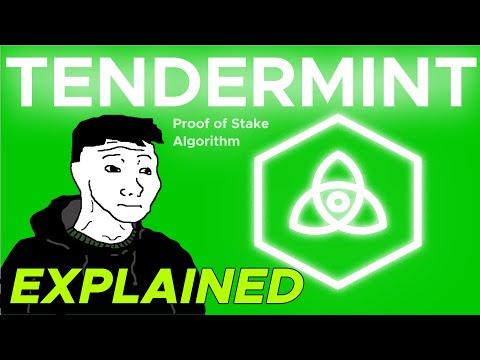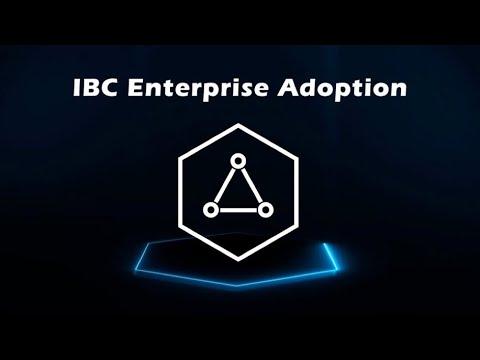Overview of Core DAO and Core Chain
Core DAO’s Core Chain is a Bitcoin-aligned, EVM-compatible Layer-1 blockchain designed to expand Bitcoin’s reach into DeFi and smart contracts. Leveraging the Satoshi Plus consensus, Core Chain combines the strengths of Bitcoin’s Proof of Work with Delegated Proof of Stake, enabling it to inherit Bitcoin’s security while achieving scalability and functionality for decentralized applications (dApps).
Core Chain operates with three primary goals:
- To extend Bitcoin’s security and utility.
- To create a decentralized, high-throughput platform for Web3.
- To establish a sustainable, community-governed network through Core DAO
Architecture and Consensus Mechanism
Core Chain’s architecture is centered around the Satoshi Plus consensus:
- Delegated Proof of Work (DPoW): Bitcoin miners can delegate hash power to Core validators, earning CORE tokens while contributing to Core’s security. This system preserves the value of miners’ contributions to Bitcoin while allowing them to participate in Core without needing specialized hardware.
- Delegated Proof of Stake (DPoS): CORE token holders vote for validators by staking their tokens. This ensures broad participation and rewards token holders with governance power.
- Non-Custodial Bitcoin Staking: Bitcoin holders can stake their BTC directly on Core without relinquishing custody, earning CORE rewards via absolute time locks
The consensus mechanism relies on a validator set chosen through a “hybrid score” based on hash power, CORE token stakes, and BTC stakes. Validators are rotated daily to maintain decentralization, while a “slashing” system penalizes malicious activity, ensuring network integrity.
Ecosystem Growth and Recent Upgrades
The Fusion Upgrade
In October 2024, Core DAO launched the Fusion Upgrade on Core’s testnet, adding support for:
- Dual BTC/CORE Staking: This feature allows users to earn higher yields by staking both BTC and CORE, encouraging greater synergy between the Bitcoin and Core ecosystems.
- LstBTC (Liquid Staking for Bitcoin): This enables stakers to unlock Bitcoin liquidity without removing it from the staking process, providing flexibility for BTC stakers to use their assets in DeFi while contributing to Core’s security
coreBTC Integration
Core DAO introduced coreBTC, a wrapped Bitcoin token pegged 1:1 with BTC. This asset enables BTC to function within Core’s DeFi environment, facilitating lending, liquidity provision, and other DeFi activities. By extending Bitcoin’s use cases, coreBTC enables BTC holders to leverage their assets in Core’s dApps, expanding Bitcoin’s potential as a productive asset in decentralized applications
Ecosystem Milestones
Core’s ecosystem has grown significantly:
- Total Value Locked (TVL): Over $166 million is currently secured across 100+ dApps, with notable platforms covering areas such as decentralized lending, exchanges, and yield optimization.
- User Base: Core DAO reports over 100,000 Daily Active Users (DAU) and more than 4,900 BTC staked, signaling robust engagement and usage of Core’s DeFi capabilities.
- Bitcoin Mining Hash Power: Approximately 55% of Bitcoin’s mining hash power is actively supporting Core’s consensus, reinforcing its security and aligning it closely with Bitcoin’s infrastructure
Governance and Community Engagement
Progressive Decentralization
Governance on Core Chain is designed to transition gradually to the community. Initially managed off-chain by Core DAO, the network’s governance is moving to an on-chain model with Core Improvement Proposals (CIPs) allowing CORE holders to vote on protocol changes, validator sets, and block reward adjustments. As Core’s ecosystem matures, governance authority is shifting entirely to the Core community.
Core DAO has launched multiple initiatives to foster community participation, including the Bitcoin Social Cafe and developer events such as hackathons and Core’s Commit Program. These programs are designed to attract developers to build dApps on Core Chain, increasing dApp diversity and the overall ecosystem value
Core Commit Program
The Core Commit Program incentivizes developers with rewards to create and enhance dApps on Core. This program targets DeFi and BTC-powered applications, encouraging developers to leverage Core’s infrastructure for scalable dApps that complement Bitcoin
Security Model and Validator Responsibilities
Security on Core is maintained through both technical and governance mechanisms:
- Validator Rotation: Validators are selected daily based on their hybrid score, ensuring fresh and diverse participation in the network.
- Slashing and Jailing: Malicious validators face slashing of their staked assets or jailing from the network, promoting responsible validator behavior.
- Roles of Relayers and Verifiers: Relayers handle cross-chain data, especially importing Bitcoin block headers to Core, while verifiers identify and report suspicious validator activity. Both roles are open to the community, fostering decentralized security management
Tokenomics and Economic Model
The CORE token is the native utility and governance token on Core:
- Supply Cap: Mirroring Bitcoin, CORE has a fixed supply cap of 2.1 billion tokens, with periodic burns based on transaction fees and rewards.
- Reward Structure: CORE token rewards are distributed over 81 years, incentivizing long-term network participation from miners, validators, and stakers.
- Core Improvement Proposals (CIPs): CORE holders can propose and vote on CIPs, guiding the network’s evolution through decentralized decision-making
Roadmap and Future Developments
Core DAO’s roadmap outlines ambitious future goals, including enhanced cross-chain interoperability, expanded staking options, and additional security upgrades. Key planned developments include:
- Interoperability Enhancements: Future updates will improve connectivity between Core and other blockchain networks, enabling more versatile dApp functionality.
- Scaling and Performance Optimization: Core DAO plans to increase transaction throughput and reduce latency to support a growing user base and ecosystem.
- Broader Staking Features: Core DAO aims to provide flexible staking mechanisms, expanding the utility of both CORE and Bitcoin holdings within Core’s ecosystem
Conclusion
Core DAO’s Core Chain is a pioneering blockchain project that seeks to bridge Bitcoin with modern DeFi and smart contract functionalities. By innovatively combining Proof of Work and Proof of Stake through Satoshi Plus, Core has created a unique consensus model that aligns closely with Bitcoin while allowing advanced, scalable applications. With a focus on security, decentralization, and community empowerment, Core DAO is positioning itself as a key player in the evolving landscape of decentralized finance, pushing the boundaries of what Bitcoin can achieve in a decentralized ecosystem.









